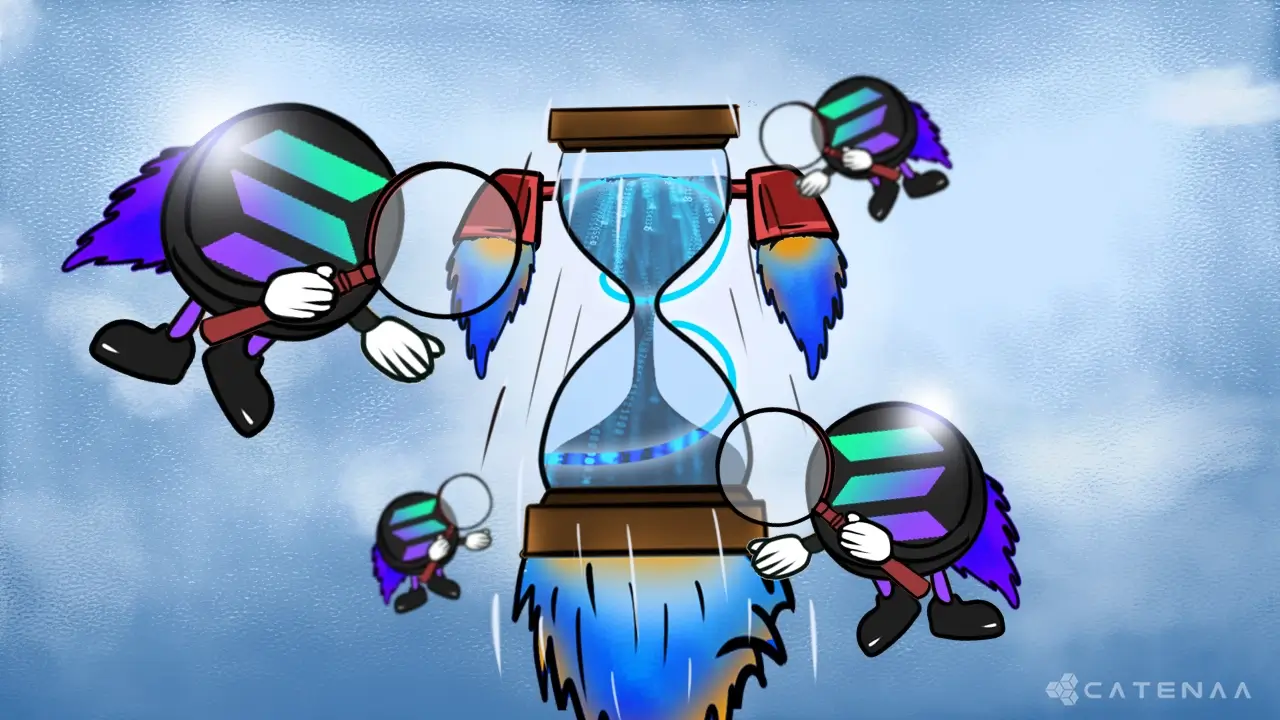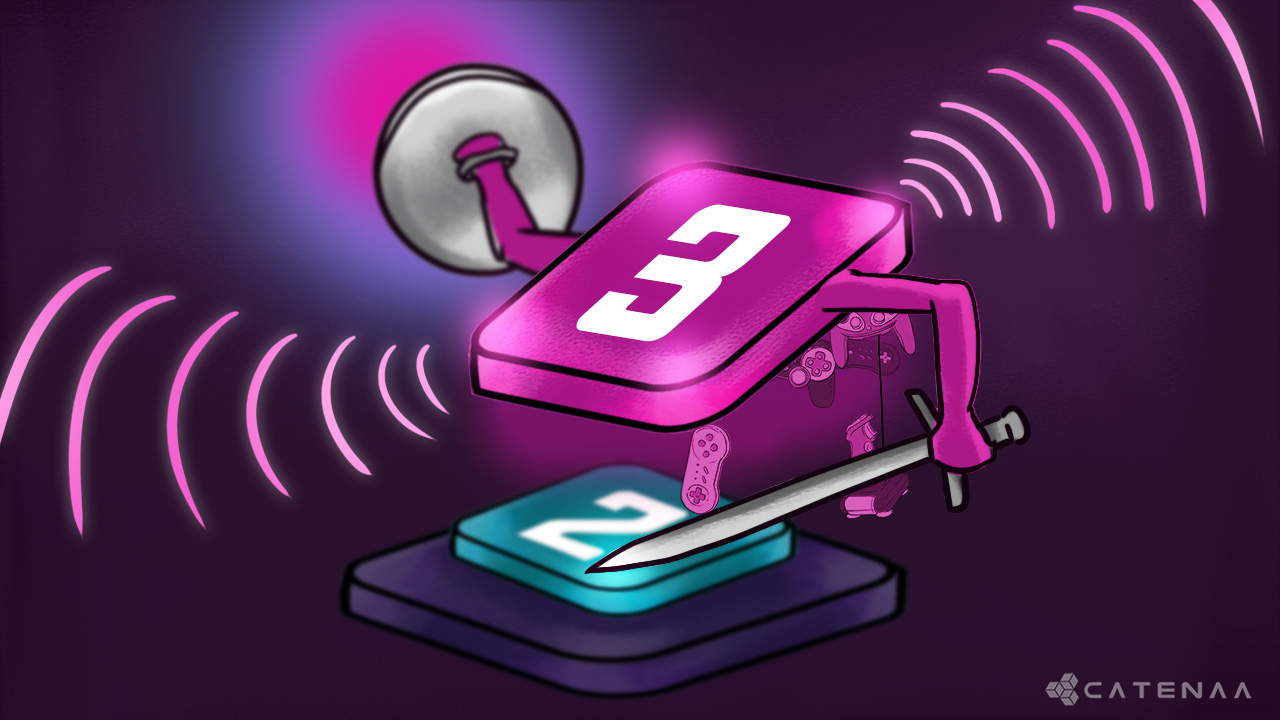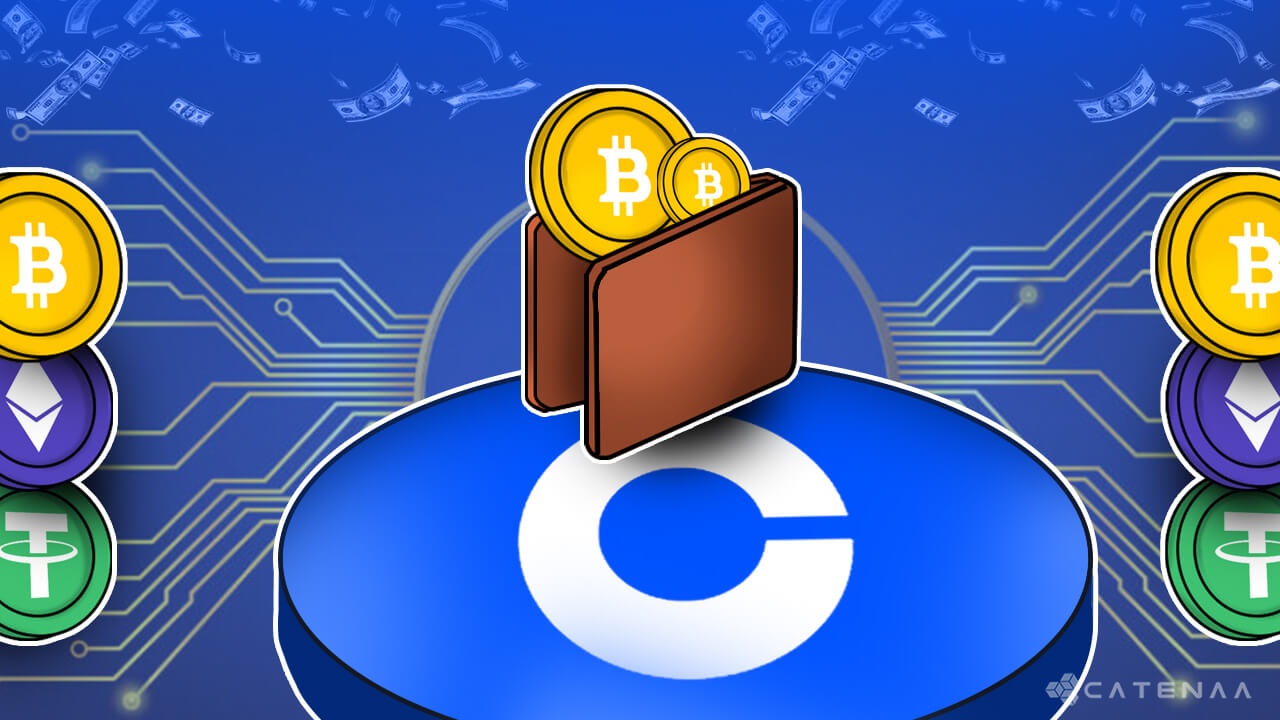PoH is a newly developed consensus mechanism engineered by Anatoly Yakovenko, the founder of Solana Labs. Solana’s PoH is all about making sure that in a blockchain, the order of events matters as much as the events themselves. To do this, it uses a tool called Verifiable Delay Function (VDF) to record when each event happened in the blockchain. This helps to keep the blockchain secure and trustworthy.
The VDF is like a timestamp; hence, it is hard for potential attackers to breach it because it takes a lot of computational power and time to set it. The VDF tells us exactly when each event happened in the blockchain. This creates a record in each block that can’t be changed, showing the order of events.1
Once it is written in the block, it’s like a permanent marker. An external party can’t alter it. This helps us trust that the blockchain is safe and accurate.
PoH is a crucial part of the Solana blockchain that makes it fast and enables it to handle thousands of transactions per second. It does this by needing less storage and internet space. This makes Solana faster and more efficient while keeping all transactions safe and easy to verify.
Benefits and Limitations of Solana
Solana’s Proof of History is unique and innovative, and it brings several advantages to the Solana Blockchain.2
- Enhanced Scalability: PoH greatly enhances Solana’s scalability by timestamping transactions, enabling the network to handle high transaction volumes swiftly, which is ideal for fast-paced applications.
- Increased Speed: PoH timestamps speed up Solana by quickly processing transactions, which is crucial for network efficiency.
- Suitable for Apps with high transaction throughput: Solana’s speed and scalability make it ideal for applications like DApps, finance, gaming, and anything that needs fast transactions.
PoH uses a special code called Cryptographic Hashes to ensure blockchain transactions cannot be changed. Each new transaction is connected to the previous one, creating a secure chain. Making it practically impossible to alter the chain without detection, improving security and trust. The transparency also allows anyone to independently verify transactions by examining the hashes, increasing the network’s integrity. This immutability and transparency make Solana highly resistant to fraud and manipulation, discouraging attempts to alter the blockchain.
Even though PoH can make blockchain systems fast and efficient, it has its vulnerabilities.3
- Centralization Concern: Solana’s PoH system relies on PoH generators; the problem is that usually only one is active at a time. If the active generator encounters even a minor failure, it could jeopardize the entire network.
- Computation Resources: PoH requires significant computational resources, so running a Solana validator node is complex and costly. It requires a powerful CPU, more than 100GB of RAM and ample storage capacity.
These concerns highlight the choices and difficulties linked to Solana’s PoH, which users and stakeholders should be aware of when they are joining the network.
First, PoH, brings a fresh perspective to the expansion of blockchain networks. Its verifiable and efficient timestamping mechanism empowers faster transactions and facilitates consensus among validators. This boost in scalability is crucial for distributed ledger technology to efficiently manage a greater number of transactions.
Secondly, PoH employs advanced cryptographic techniques, reducing tampering against blockchain and increasing confidence in the technology’s security. Also, PoH can complement blockchain sharding techniques, which aim to divide the blockchain into smaller, manageable pieces. The efficiency and scalability provided by PoH can be particularly beneficial in sharded systems, as it helps individual shards process transactions more efficiently, further improving overall performance.
In summary, PoH represents a ground-breaking innovation in distributed ledger technology, offering the potential for accelerated adoption through faster, more sustainable, and highly secure blockchain systems.1
Real-world Applications
Proof of History is rising heavily in the blockchain industry, with relatively few organizations implementing it. However, the applications for this are substantial.
First, Digital Identity. PoH stands out as a solution because it can generate verifiable timestamps. This makes it an ideal candidate for establishing secure and decentralized digital identities, with potential benefits for industries like finance, healthcare, and e-commerce, where resistance to fraud is crucial.
Secondly, in supply chain management, PoH has the power to reshape the industry by enhancing transparency and security by enabling the tracking and authentication of products throughout the supply chain, especially in sectors like food safety and pharmaceuticals, PoH ensures product origin and authenticity.4
Finally, within the Decentralized Finance area, PoH plays a vital role in optimizing and securing DeFi applications that rely on smart contracts. Through PoH, the security and reliability of these contracts can be reinforced, promising more efficient and dependable financial services for users.
As Proof of History’s adaptability continues to evolve, an increasing number of companies, networks, and organizations are expected to delve into its potential applications. Whether it involves improving storage and retrieval procedures or reinforcing digital identities and supply chain transparency, Proof of History has the capability to introduce high efficiency, security, and transparency across a widened range of industries within the evolving blockchain ecosystem.
- Investopedia: www.investopedia.com[↩][↩]
- Cointelegraph: https://cointelegraph.com/news/what-is-solana-and-how-does-it-work[↩]
- Zebpay: https://zebpay.com/blog/what-is-proof-of-history[↩]
- 101blockchains: https://101blockchains.com/proof-of-history/ [↩]


